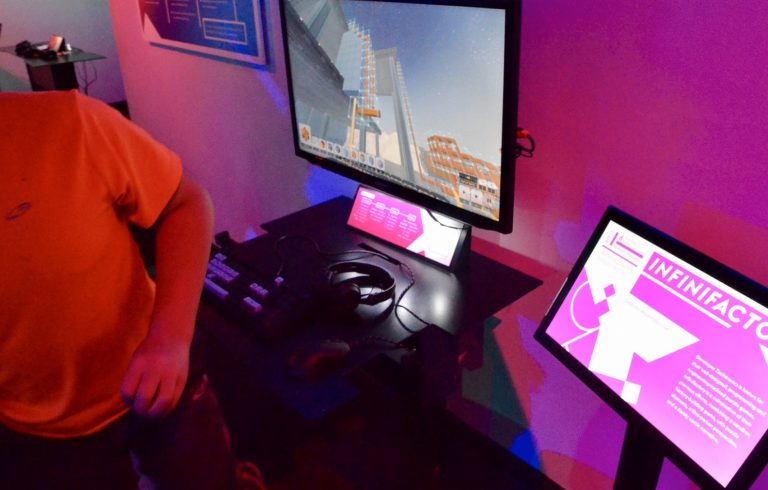Indie game studios are an essential part of the gaming ecosystem. Without them, the video game industry wouldn’t be here today. These studios provide the opportunity for people to join the industry without any experience. It’s all about passion for these companies. But strategy plays an important role too.
Knowing about video game development and tailoring it to your team’s needs is vital if you want to be a part of that 1% that earns $7 million in a singular video game sale. It’s tough, but by strategizing your investments well, you’ll know how much you can earn by the end of the cycle. First, let’s start with equipment.
Story Stages
Customized Equipment
As indie game developers, we know that video game development requires a decent amount of investment. But it doesn’t have to be all that expensive if you know what you’re doing.
Customized equipment is what many experts suggest for any video game company. It’s good to have a personalized PC in your development studio instead of a store-bought one. Personalized PCs can be much cheaper and can do certain tasks more efficiently. For example, you don’t need 32 GB RAM and a 16 GB VRAM for a PC that won’t edit or create the game’s assets. Most store-bought PC sport these specs, and they cost you a staggering $50,000 on average.
Instead, start building PCs that are meant for the task ahead. PCs made like this might have weaknesses, but they have a lot of strengths too, and the best part of it all is that they save money. So start doing your research on PC specs and apply it to your company if you want to save some money in the future. Now that’s out of the way, let’s talk about the first stage of development: planning.
Planning
Planning doesn’t require any budget. If you’re spending a sizeable amount of money on planning alone, you’re doing it wrong.
It is in this stage where you start making a budget for your video game. How much money do you want to spend on your video game marketing strategy, and where do you want to spend it? Be grounded in your expectations. As an indie studio, you can’t afford to create a high-end game similar to triple-AAA studios. Instead, concentrate on games that are accessible and easy to make, like platformers or Metroidvania kind of games.
Pre-production
This is where you’re going to spend a decent chunk of your time as a studio. It’s where you’re going to create a story for your game, an idea of its setting, and different characters. Remember that every game requires lore and story, regardless of what it contains. It’s what’s going to hook people in to buy your game, so make sure to create a story that’s captivating for your audience.
Production
Production is where you’re going to make the dream work. It is the most resource-intensive part of video game development. You’re going to use a lot of your budget and time at this stage. It’s estimated that, on average, gaming studios spend at least two to four years in this stage. That’s okay! As long as you have your goals in mind and you’re following your timeline.
Testing
Don’t spend all your money in production because you will need to hire some testers to try your game. Now, if you have a game with simple mechanics, you don’t need that many testers to try it out. You might not even need testers at all! But if your game has some degree of complexity, you’re going to need testers to ensure that the mechanics work well with each other.
Pre-launch
If you’re interested in spending less on testers, you can consider releasing your game in early alpha. It’s part of the pre-launch stage where people can buy your game, knowing that you’re still working on it, and give feedback. You can use the money earned from this if you lack a budget in production or maybe in marketing.
However, be careful in hearing feedback from consumers. Know that these people aren’t video game testers, and they’re only going to complain and tell you things they want, not what’s necessarily good for the game. If you want to please all of your consumers, you’re going to be stuck in this stage for a long time.
Launch
This is the last stage of development, and it’s also known as the marketing stage. This is where you concentrate all of your efforts in marketing to ensure that you reach your target consumers and increase sales. This is also where you’ll have to consider the needed patch to fix known bugs in the first few months of your game’s release. Always try to please your consumers during launch day. It’ll lead to more sales in the future.
As an indie studio, you can consider skipping some of these steps or integrating two steps into one. Time and money aren’t on your side, so be creative in bypassing certain steps without affecting the quality of your game. By doing that, you can gain higher sales in the future.
Meta title: The Essential Stages of Game Development
meta desc: Indie video game development is no easy task. You’ll need to know the stages behind it before you start the process.
